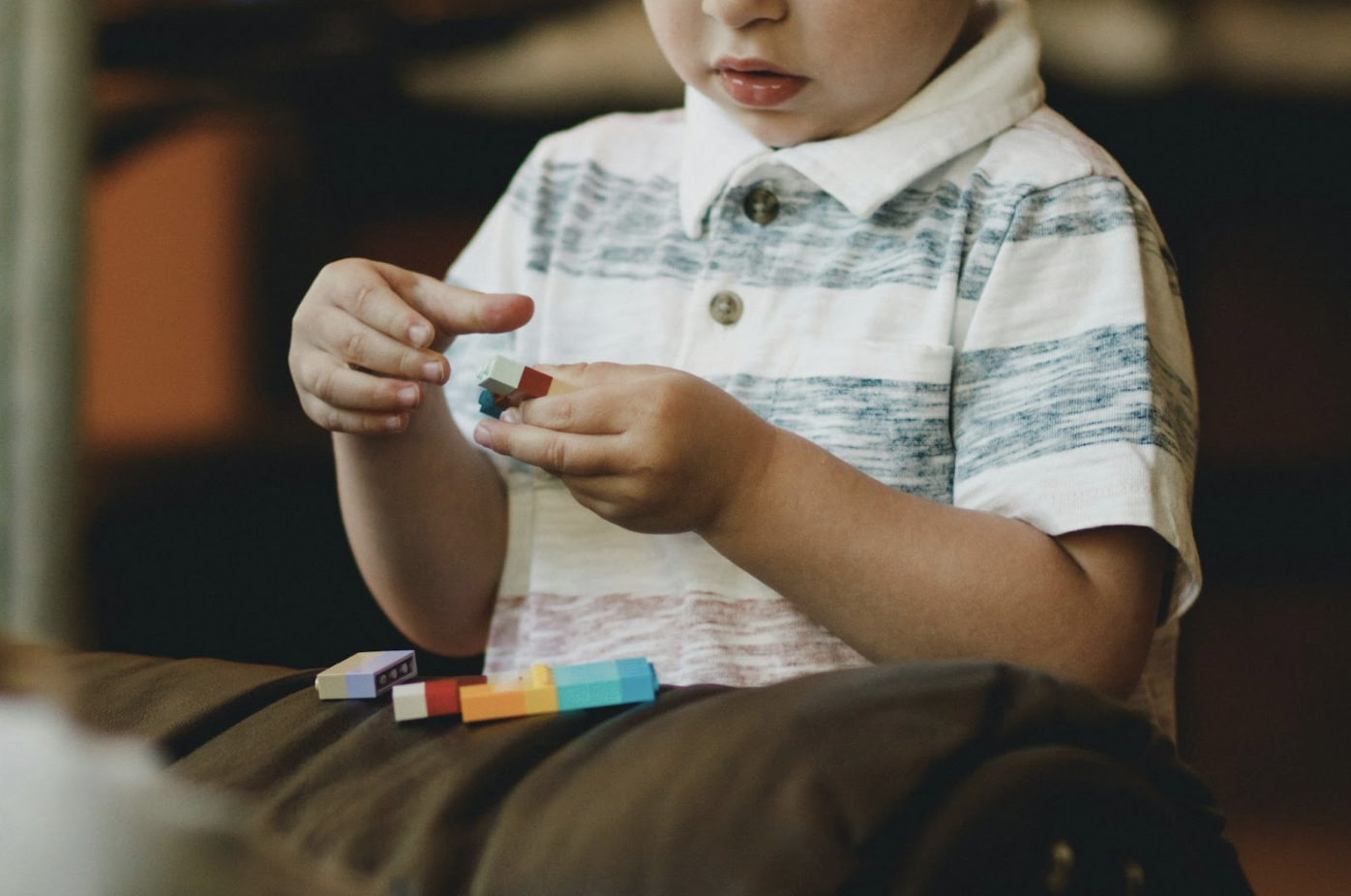






PlayWorks Therapy, Inc.
3633 N. California Ave. (Temporary)
Chicago, IL 60618
Phone: 773-332-9439
Fax: 773-754-8730
Email: info@playworkschicago.com
Sign up your child for a complimentary occupational therapy screening to see if they may benefit from therapy services.